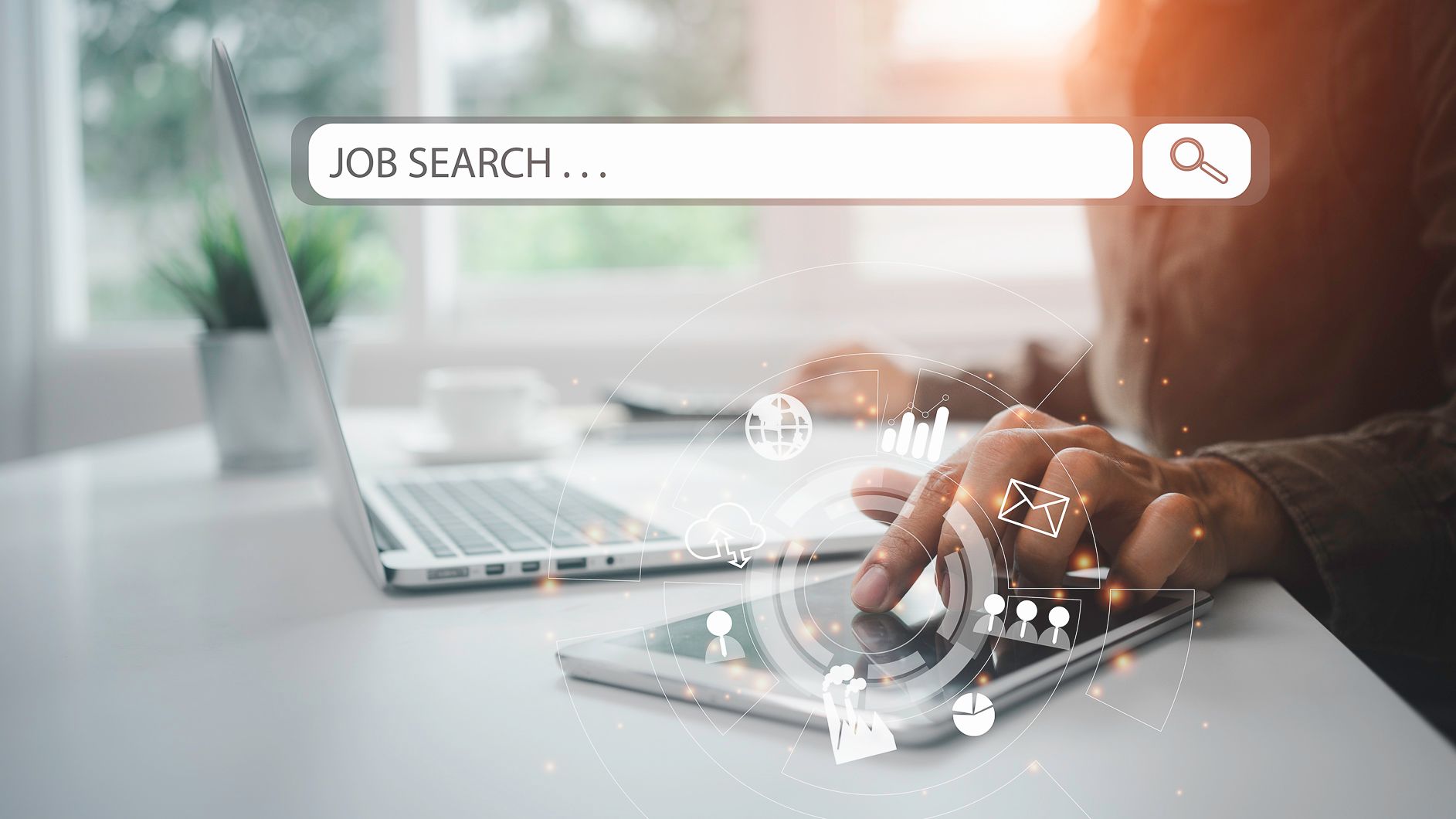August marked Tradie’s National Health Month, a time when Australians raise awareness of the risks posed to those who work in trade and industrial occupations. Despite making up 35 percent of the workforce, statistics show that almost 3 in 5 serious workplace injuries involve a tradesperson. But while the physical safety of those working in the sector is often highlighted, the damage to their mental health is typically given much less attention.
For those working in trades, manufacturing and industrial settings, the jobs are often both physically and mentally challenging, with early morning starts, and work that can be labourious and require strong attention to detail.
Pair this with the pandemic, and it’s no surprise these employees are at risk of experiencing high stress and anxiety, burnout and mental ill-health. Whether laid off during the pandemic, working on reduced hours or needing to continue work throughout, it’s safe to say that COVID-19 has likely exacerbated any pre-existing workplace mental health challenges tradies may have been experiencing.
Poor mental health doesn’t only have a significant effect on individuals, but also on businesses. A 2021 study found that the economic impact of mental health-related absenteeism for employers was $4.7 billion per year, while SafeWork NSW found that employees with moderate mental ill-health took an average of six additional sick days annually compared to their mentally healthy counterparts. For employers within this sector, addressing the mental health and wellbeing of employees should be a priority. Not only is it ethical, but it also ensures compliance and improves business outcomes.
Here are some ways for employers to take a holistic and methodical approach to workplace mental health, both during and following the pandemic.
Identify any stigma around mental health
Over the last 12 months, 25.1 percent of men working in trades and industrial roles have experienced mental illness, compared to 18 percent of other Australian men. Furthermore, they are six times more likely to die from suicide than workplace accidents. Research suggests that one of the major reasons why these rates are so much higher for these roles is due to the stigma and lack of mental health literacy that permeates these male-dominated industries.
In the State of Wellbeing in Construction report, it was found that semi-skilled workers find it difficult to discuss feelings and emotions with colleagues, and the nature of the work has made social support more difficult. Two of the major concerns identified from the survey were “isolation at work” and “lack of social support”. This shows that the desire for greater connection and support from colleagues and managers is there, however the industry’s perpetually masculine culture may act as a barrier to this occurring.
For this reason, it will be important for employees to assess the culture within their own workplaces to identify whether there is a stigma around mental health and unhelpful masculine stereotypes at play.
Communication will be key
When it comes to addressing mental health in any workplace, communication will be crucial, particularly when it comes to driving a sustainable cultural change.
Communicating a mental health message once is unlikely to render the necessary impact on an ingrained culture. A more effective approach is to ensure that the message is being broadcast from the top, from team leaders and managers—both formally and informally—and through different channels. The aim is to give the recipient a broad range of opportunities to receive, understand, and connect with the message.
It will also be important to communicate the safety measures and precautions your business is taking with regards to minimising the risk of employees contracting Covid-19. According to a survey, one of the top stressors for those who worked on-site during the pandemic was concern about personally contracting Covid-19 (45 percent), and the risk of transmitting it to unvaccinated or at-risk children and loved ones (29 percent). Participants said both these concerns had a directly negative impact on their mental health.
Acclaimed Workforce’s Health Safety & Environment Manager says that in order to minimise stress around the potential of contracting Covid-19 in the workplace, it will be important for employers to effectively communicate the safety measures and protocols they are implementing.
“Direct and frequent communication, including emails or phone calls, as well as secondary communication, like signage will be necessary,” says Cameron Cranstoun. “Consistent reminders are essential, as after a while people tend to revert back to old habits and behaviours without even realising.
“Employers and managers may need to let employees know about the new ways the workplace may operate – for example staggered shifts or alternating lunch breaks – as well as inform them of new safety measures such as temperature testing and mandatory mask wearing.”
Building organisational resilience
Organisational resilience can be defined as the ability of an organisation “to anticipate, prepare for, respond and adapt to incremental change and sudden disruptions in order to survive and prosper". In the current uncertain climate, a focus on resilience-based programs at an organisational level can lead to better mental health outcomes for the workforce.
Such initiatives could involve leaders actively promoting and sharing their commitment to supporting and improving mental health, and additional training for leaders around this topic. In fact, when paired with leadership training, organisational programs focused on psychological safety and broad-based mental health awareness have proven to be effective in bettering mental health outcomes at work.
Partner with your people
Involving a wide range of people within your business and seeking input from employees will be an important component of developing an effective mental health strategy. Research has shown that when someone perceives to have control over their situation this empowers them to make active attempts to resolve problems and encourages them to approach their work in a positive way. Furthermore, this kind of attitude creates a more inclusive workplace, where employees feel valued and respected.
This will also help employers gain a better understanding of the individual needs of their workers. While an EAP might be sufficient for some, for those with complex and long-term mental health problems, which might be exacerbated by the stress of the pandemic, they might not be as useful. It is important to create a psychologically safe space where confidential discussions can take place and employees feel comfortable communicating their needs.
If you’re looking for staff, or wanting to create a mentally safe environment for your workforce, contact Acclaimed Workforce today. Our Workplace Safety Management and Employment Compliance services can help keep your business and workforce safe.



